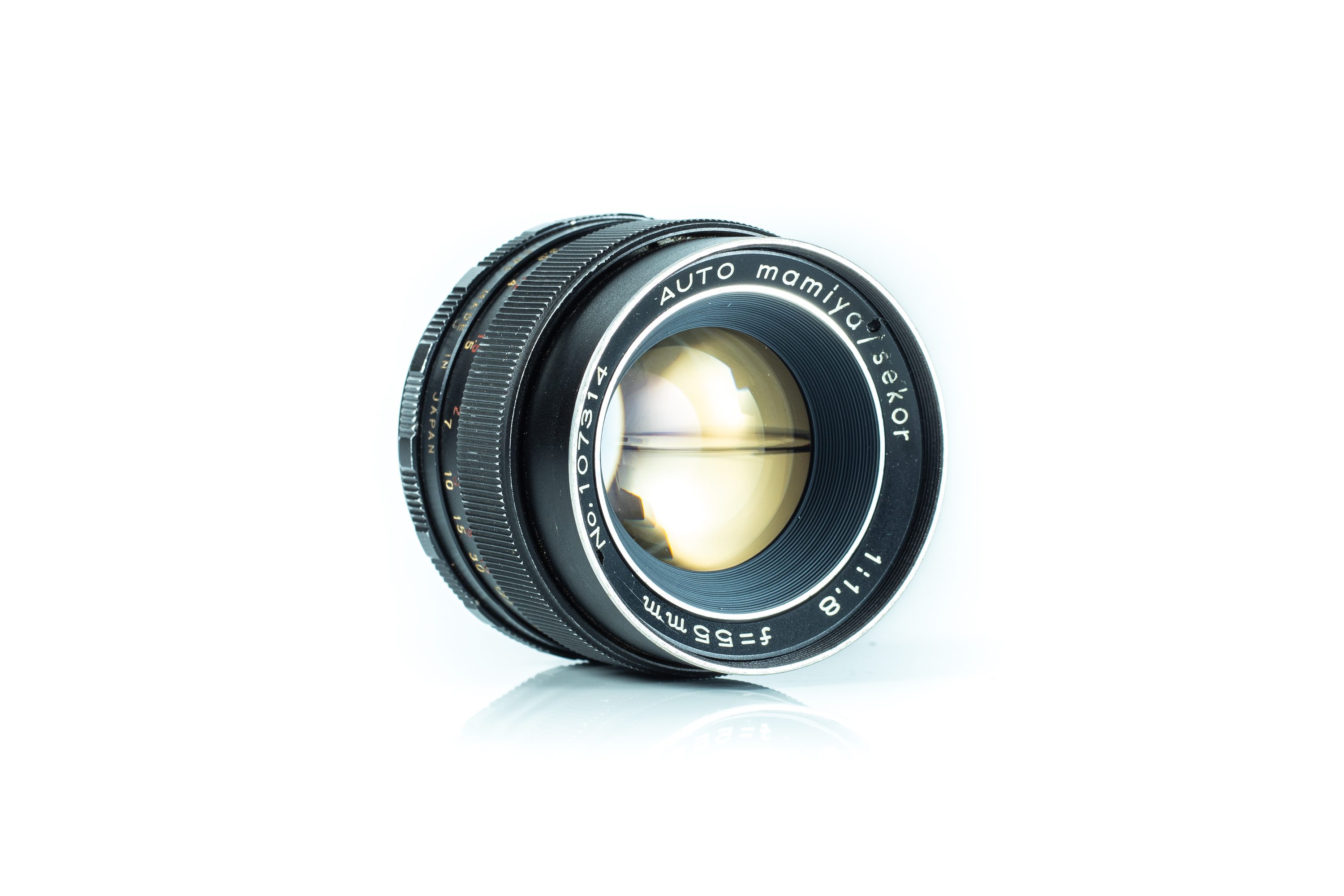

Over time too, the disadvantages of the design came to be accentuated as the SLR gained in popularity. Over time, these features were promoted as attributes compared to the SLR or single lens reflex camera, but in the TLR’s early days they were simply related to the configuration and the moving mirror was still in the future. (Image credit: Future) (opens in new tab) There were a number of cameras in 1950s and 1960s with a similar design and these were known as pseudo TLRs. It looks like a TLR, but the Elioflex’s viewfinder isn’t actually a reflex type, rather just an oversized brilliant finder with no focusing screen. It was more of an issue when shooting close-up, but many TLRs had a moving indicator in the viewfinder to show the difference in framing.įerrania Elioflex BK] Ferrania Elioflex (1950). There is some parallax error – the slight difference in the two lenses’ fields of view – but it was negligible when focusing over long distances. The mirror accounts for the word “reflex” and the twin lens arrangement was designed to give a viewfinder image that was very close to the one that was recorded by the taking lens. The lower lens is the ‘taking’ lens, while the upper lens is the viewing lens, behind which is a fixed mirror set at 45-degrees to reflect the image up to a focusing screen. (Image credit: Future) (opens in new tab)Īs the name suggests, the TLR employs two lenses of the same focal length, arranged one above the other. Production has likely finished, but some ‘new old’ stock may still be available. the viewfinder isn’t reflex) and was available in a range of brightly colored front plates. Launched during the ‘plastic fantastic’ camera craze, the Blackbird Fly is a 35mm pseudo TLR (i.e.


 0 kommentar(er)
0 kommentar(er)
